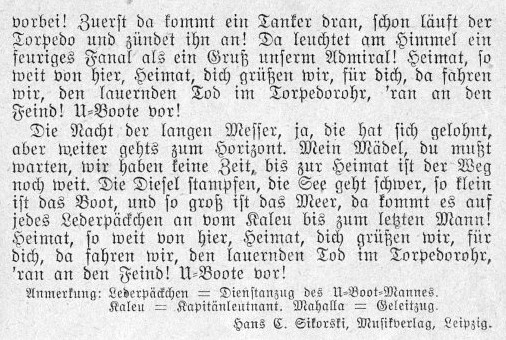

“Three of my cousins were buried on the USS Arizona in (Pearl Harbor in Honolulu,) Hawaii,” he said. “They told me they needed anyone who was breathing!” he said. Conrad spied Navy recruiters down the hall. “They told me I had to be 18 years old,” he said. Because he was only 16 years old, he was turned down. In July 1943, perhaps inspired by his father’s military speeches, Conrad went to the Allen County Courthouse to join the Army. “The war was all he ever talked about,” Conrad said. His father had been a soldier in World War I. “Every minute of every day I knew someone was trying to kill me and we were doing the same,” he said.Ĭonrad was born in 1927 and raised in the town of Urbana, south of North Manchester. Such actions were part of life at sea for Conrad. Farquhar received the Bronze Star for this action. The U-881 was the last German submarine sunk by an American vessel in the Atlantic. A sonar buoy registered several violent explosions.Īfter 12 hours searching the area with no further evidence, the Farquhar’s captain called off the search. “The Farquhar was the first destroyer of the group to throw her depth charges at the U-boat,” Conrad said. When the U-881 closed in on target at 1,200 meters, the Farquhar’s captain ordered that depth charges be detonated. Frische decided to attack the carrier and attempted to move the sub in range to use her torpedoes. Four days later, the U-881 honed in on the group. On May 2, the Farquhar and the other ships in the convoy left Newfoundland to scout the waters along America’s east coast. As it turned out, the Davis would be the last American ship sunk by the Germans during WWII.

Davis DE-136 had been torpedoed and sunk. The group had been at Argentia, Newfoundland, for refueling and supplies. “Our job was to chase and sink German subs across the Atlantic.” “We were a destroyer escort, a ship smaller than a destroyer,” Conrad said. Third class cook Charlie Conrad of Fort Wayne was assigned to the Farquhar. Heinz Frische, had been operating around the south part of the Grand Bank of Canada when in early May it detected an American convoy consisting of a carrier, Mission Bay and three destroyers: Douglas L. One U-boat remained in the north Atlantic, possibly hoping to torpedo yet another American ship. Deadly German subs, which had sunk about 2,779 ships, began returning to Europe. On April 30, 1945, Adolf Hitler had killed himself and German morale had never been lower. By early May 1945, many people around the world sensed the end of the war in Europe was near.


 0 kommentar(er)
0 kommentar(er)
